How Mobile operators are hard selling their brands
India is now positioned as the second largest network in the world with 525 million mobile connections (Dec 2009). It is predicted to touch billion plus mobile users by 2015 and expected to cross China's mark in next 10 years. In fact wireless segment is giving a tough fight to the landline segment in India itself as landline has shown a decline of 0.12 million in December 2009.
With the increase in the number of subscribers there has been an upsurge in the number of service providers as well. The segment has got cluttered by many new telecom operators getting added every year, thus wooing the customers has become really tough. Some operators are trying to persuade their customer by attractive tariff, some with their strong network while other by their Value-added-services (VAS). In the run up to pushing the brand to the customer the telecom segment has become the second largest advertisers after FMCG segment.
Adgully talks to some of the market players and tries to gaze, with 525 million mobile users, which is ever increasing how each of the cellular companies is positioning their brand, product, services differently.
With the advent of too many new players, the market appears to be predominantly driven on tariff, network reach and VAS. Pradeep Shrivastava, CMO, Idea Cellular, believes that the brand building activity is visibly demarcated by two different sets of telecom operators in India. First is the top three or four leading players  who have extremely high width, rural reach and whole range of subscriber and on the other hand there are a new set of operators. Shrivastava says, "These new set of operators, who cannot become universal service providers overnight, get into price offers and create a certain disruption in the market, as they may not have the same range of products, value-added-services, quality, reach and width of the network. So they have adopted tariff related advertising."
who have extremely high width, rural reach and whole range of subscriber and on the other hand there are a new set of operators. Shrivastava says, "These new set of operators, who cannot become universal service providers overnight, get into price offers and create a certain disruption in the market, as they may not have the same range of products, value-added-services, quality, reach and width of the network. So they have adopted tariff related advertising."
On a similar tone Kumar Ramanathan, CMO, Vodafone says, "The only way you can do a breakthrough in the cluttered ecosystem is to take a price that is very aggressive, so it is logical because you cannot come and take a moral highbrow on old brands because you don't have any credibility and there is no back ground to you. You cannot say you have the best network because you don't have a background."
 Ramanathan thinks that in telecommunication there is lot of physical effort and assets on the ground which cannot be built in one day. So it is not like other fast moving consumer goods that can be called best by the brand while launching as their might be some scientific research behind it. Whereas here he believes, "In telecommunication you cannot launch and say your product is the best as there are many technicality that comes into place which can only be built over a period of time."
Ramanathan thinks that in telecommunication there is lot of physical effort and assets on the ground which cannot be built in one day. So it is not like other fast moving consumer goods that can be called best by the brand while launching as their might be some scientific research behind it. Whereas here he believes, "In telecommunication you cannot launch and say your product is the best as there are many technicality that comes into place which can only be built over a period of time."
There are some brands who would believe in attracting the attention of the top end and more evolved subscriber who in addition to heavy voice calling also do extensive VAS work like use of GPRS, download etc. In order to attract these set of audience, some established operators and few new operators also focus on VAS.
 Aircel being one of them, Shalini Sethi, Spokesperson, Aircel says, "The whole idea was to focus our positioning and our strategy around VAS which is the future of mobility and we tried to communicate that very clearly." She informs that VAS contributes to 25-30 per cent of revenue in the world while in India this is still not the case. So it has a great potential in the future in India which still not tapped.
Aircel being one of them, Shalini Sethi, Spokesperson, Aircel says, "The whole idea was to focus our positioning and our strategy around VAS which is the future of mobility and we tried to communicate that very clearly." She informs that VAS contributes to 25-30 per cent of revenue in the world while in India this is still not the case. So it has a great potential in the future in India which still not tapped.
Shrivastava opines, "VAS is a way to communicate that I have a range of services. Essentially these people are talking about why you must stay on my network why I am good. So it is not why "buy" me being answered but it is why "stay" with me being answered."
So is it a trend that has unknowingly evolved that new operator should focus on tariff while old on VAS and other services? Nikhil Rangnekar, Executive Director India-West, Starcom Worldwide says, "I don't believe the established brands are focusing on any particular thing while they are talking about VAS and high end services, they still advertise on basic things like network, tariff etc because that is something I don't think they can move away from."
Besides the approach, is there any difference in the media mix for new as well as old operators. "The audience for VAS will be different and tariff related audience will be different so media mix will change accordingly," believes Rangnekar. While Ruby Bana, Chief Intelligence Officer -APAC, Havas Media says, "While planning for a mobile operator I would first choose content and consumer connections based on the brand then the mediums follow as default options."
As Mobile Number Portability is just around the corner that will come into the play, it will definitely act like a fuel to the competition. When subscriber are getting the option of keeping the same number which they have circulated and just change the operator then it becomes little more attractive for the customer. On this Ramanathan believes, "I would like to believe when number portability comes, the brand with good track records will have definite advantage."
On the other hand Shrivastava clarifies, "Mobile Number Portability is a matter of choice, and just because I have a choice doesn't mean I will exercise that choice." But he also believes, "MNP will be in favour of strong operators and by strong I don't mean old and established player but strong on network and services, so it will be challenging for weak operators. So we can see strong operators going aggressive when number portability starts in India as they will have opportunity of adding new set of customers to their list."
The recent feather that mobile telephony has added in the technology front is 3G service but it is still not available with private operators and is not affordable to all. When can we expect the service to be available with the private players and will that help make it affordable to common people also?
Ramanathan says, "When 3G is coming is not clear as government has postponed the auction. As far as affordability is concerned, it will follow demand and supply method, if you can create enough demand for the 3G services the affordability will naturally come into play."
Not being certain about the arrival of 3G for private players Shrivastava believes the affordability will follow the call rate pattern which was so expensive when mobile had just launched, to what it is now. He says, "Like any other VAS 3G will also go cheaper every quarter, every year and as it gets available on private network it will become more affordable due to competition and to attract customers, price will naturally go down but this will not happen from day zero it will take time."
With so much happening in the technology front and the kind of penetration that the industry has, there constant talks about mobile being a media and advertising platform. Sethi answers, "The mobile screen is becoming your first screen as it is with you all the time and you are completely dependent on it. Yes it and it is going to be big in the future."
Most of them agrees to this but also believe that it is in its nascent stage and has a long way to go. Ramanathan says, "Mobile has very high penetration in India which makes it a very nice platform for advertising but that doesn't means we can use it, as advertising is very intrusive. As customers are very specific about what they want to have and what they don't want to have. So the entire industry has to evolve and look for a developed model such that we can target only those customers who are interested in getting informed through the advertisements so we still have a long way to go."
Similarly Ramanathan points, "It is more personal kind of medium so yes certain brand and certain category makes sense but most advertisements are SMSes that are pushed, I don't think that is the right way to use mobile. I think as a platform it really needs to evolve and we still have a long way to go."
Shrivastava brings a very important point as he shares, "Mobile is very strong platform for variety of application which is not hypothetical. For example, today 60 per cent of the revenue by the music industry comes from mobile telephony which is transparent and zero piracy medium. While balance 40 per cent put together comes from radio, cinema, television, audio cds etc. So it's an example of how mobile has become a very strong medium." He also thinks mobile commerce and mobile banking that is a hit in US market is also a big thing that can develop in India as well.
On the advertising front he shares being very affordable compared to other medium, it has a very a big opportunity to evolve and location base advertising can be used by national and local brands in a big way. He predicts, "So it will also take some time to evolve may be 3 to 5 years to become full of life."
With all these activities and increasing number of subscribers and operator can we see the sector turning number one in advertising sector overtaking FMCG is the question? Rangnekar points, "While operators are adding more subscribers, the fact is that because of the "per second billing' revenues are shrinking all the time. So it is the matter of how profitable the sector is and how long they will be able to sustain these campaigns."
Bana says, "Soon they will be the pipeline that distributes most content! It is already a pipeline that connects consumers with each other. When you view it from that perspective its suddenly does not matter if they are 1st or 3rd, as far as traditional advertising is concerned. What will however matter is how they integrate with the consumer's lives, how they leverage the merging of the brand message & content. The way the telecommunication brands differentiate then will depend on the roles they take on for themselves, which really is exciting new area."
Having discussed all this, the most important thing that comes out is Brand needs to keep their head above the water by being different, by being relevant to the customer whether giving right offer, right price at right place and right service and that is the key.


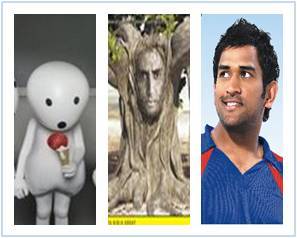
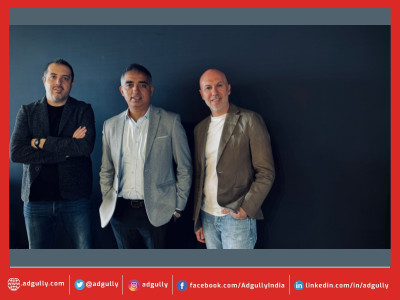

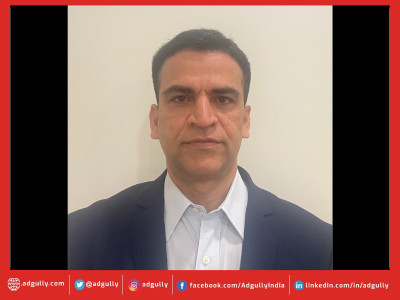

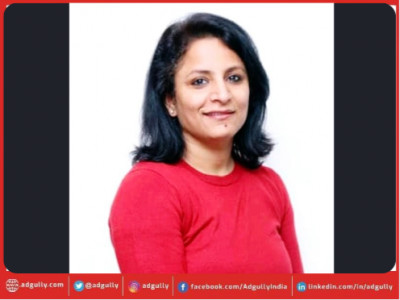
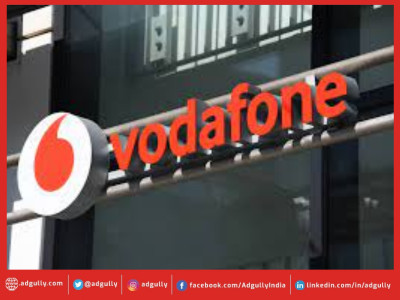
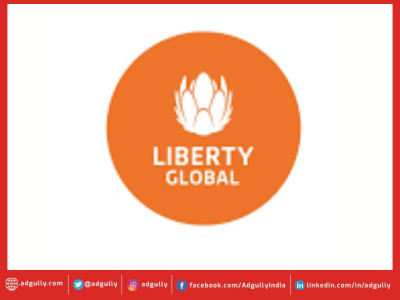

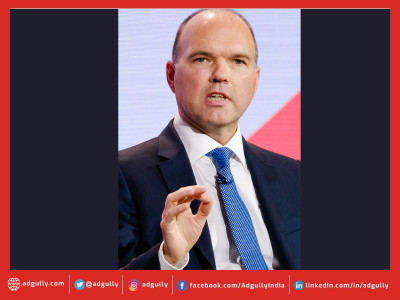
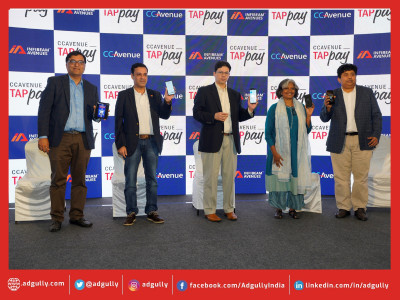
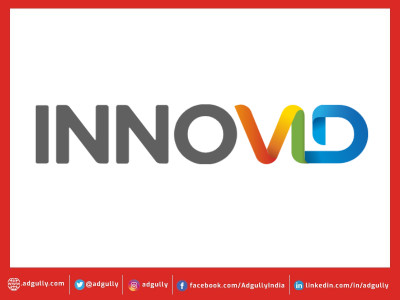

Share
Facebook
YouTube
Tweet
Twitter
LinkedIn